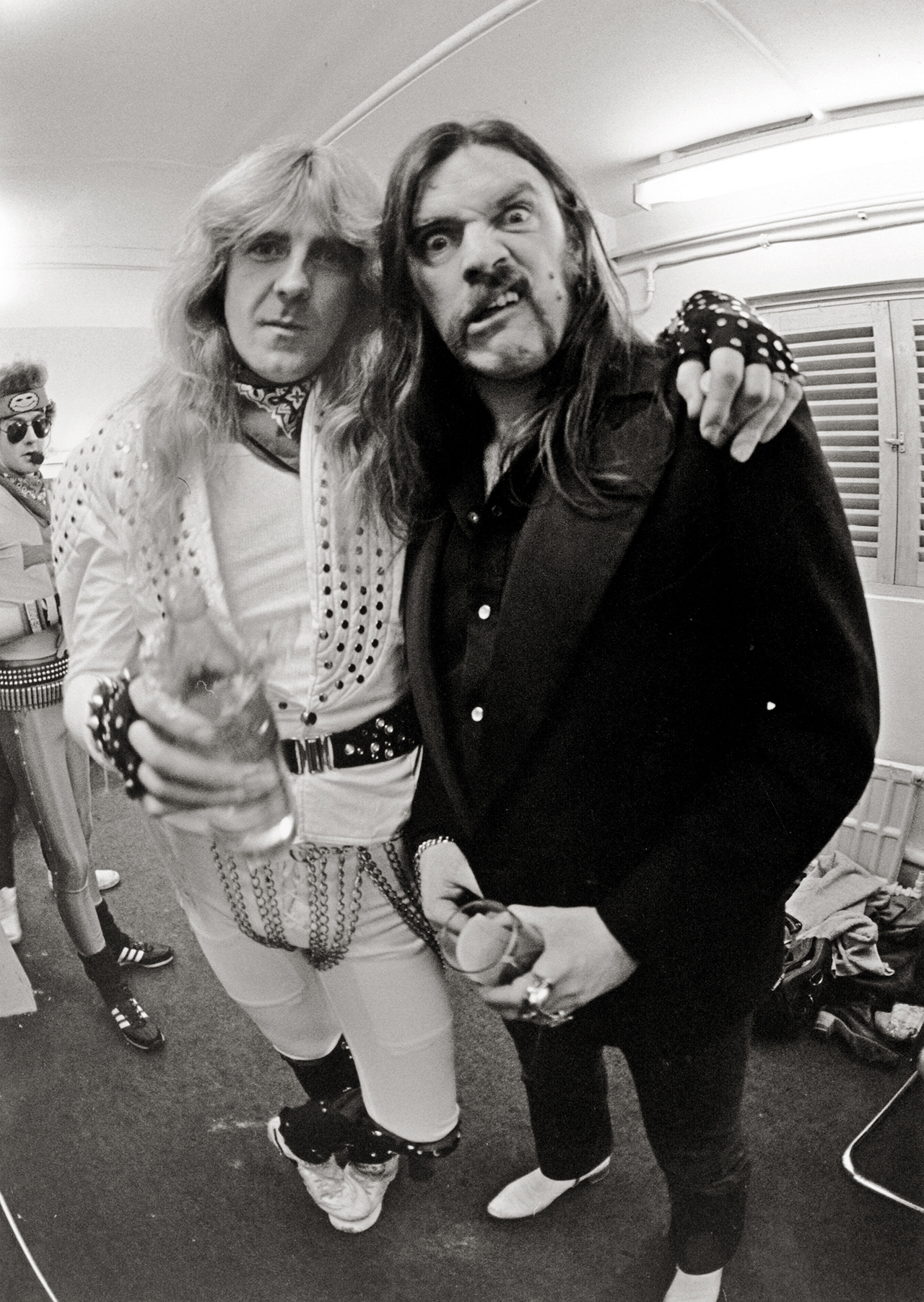

Los Angeles Times critic Charles McNulty singled the actor out for his fearlessness in exposing “primal wounds that in real life are too painful to reopen,” noting that it provided the “turbo-charged catharsis” of a great play. “Salesman,” which was scheduled to conclude its sold-out limited run Saturday, has earned seven Tony Award nominations, including best production, best director, and for three of its actors: Philip Seymour Hoffman, as the wounded and flailing Willy Loman, Linda Emond, as his patiently suffering wife, and Garfield, as Biff, the victim of his father’s fierce ambitions for him and his own pathetic self-delusions.Ĭritics seemed pleasantly surprised by the power of Garfield’s performance. First, there’s Peter Parker in the forthcoming “The Amazing Spider-Man.” And then there’s Biff, the onetime football hero-turned-fugitive loser, in Mike Nichols’ Broadway revival of Arthur Miller’s “Death of a Salesman.” It’s very weird to beat yourself up for being born in the wrong body.”įeelings of displacement are central to two roles that have raised Garfield’s profile since his performance as Eduardo Saverin in “The Social Network"put him on the map. “I never wanted to be an actor, I wanted to be the next Muggsy,” recalls the 28-year-old Garfield. A one-legged body will not level up: it could well fall flat on its face.NEW YORK - Seeing as he grew up in the county of Surrey in southeast England and was called one of Britain’s rising stage actors at an early age, you might expect that Andrew Garfield has Sir Laurence Olivier as one of his role models.īut his adolescent hero was an entirely different kind of star: Muggsy Bogues, the short, quick, ball-stealing guard for the Charlotte Hornets NBA team in the 1980s and ‘90s. Much of the data was collected by the auditors embedded in each council, which made it reliable and hard to contest. That is a welcome idea, but does not acknowledge that the two legs were in practice joined at the hip, as legs tend to be. Now the government itself has proposed the recreation of the second leg - the comparative data collection and service reviews. This has so far been primarily focused on listed companies, and has no experience of local government. He noted a decline in quality and effectiveness and recommended a new organisation “with the clarity of mission and purpose to act as the system leader for the local audit framework.”īut it was too much of a U-turn for the government, which bizarrely handed the role to the yet-to-be-created Audit, Reporting and Governance Authority, built on the Financial Reporting Council. In response to criticism that its performance had deteriorated, the government commissioned a review of local government audit in 2019 from Tony Redmond. Unfortunately for Gove, Heseltine’s clever idea was abolished in 2015 by the coalition, as part of the bonfire of quangos. In the 1980s, Margaret Thatcher’s policy was to get local authorities to raise more of their own funds, to increase ratepayer pressure on councillors and to give the Audit Commission - a Michael Heseltine ministerial construction - the power to review how those funds were spent, comparing the value for money delivered by different authorities. Those with long memories may wonder if they have seen this film before. So Whitehall may no longer know what’s best for Whitehaven, but it will know a lot more about what the Cumbrians are up to. Gove has now announced the formation of a new office for local government. increase central government’s understanding of ”.

These will “strengthen local leaders’ knowledge of their services . . . If mayors and council leaders get that far they will find that as they make these decisions they will be helped by a new independent body which will “publish rigorous, comparable data on performance”. But there is a sting in the tail, or at least on page 138.


 0 kommentar(er)
0 kommentar(er)
